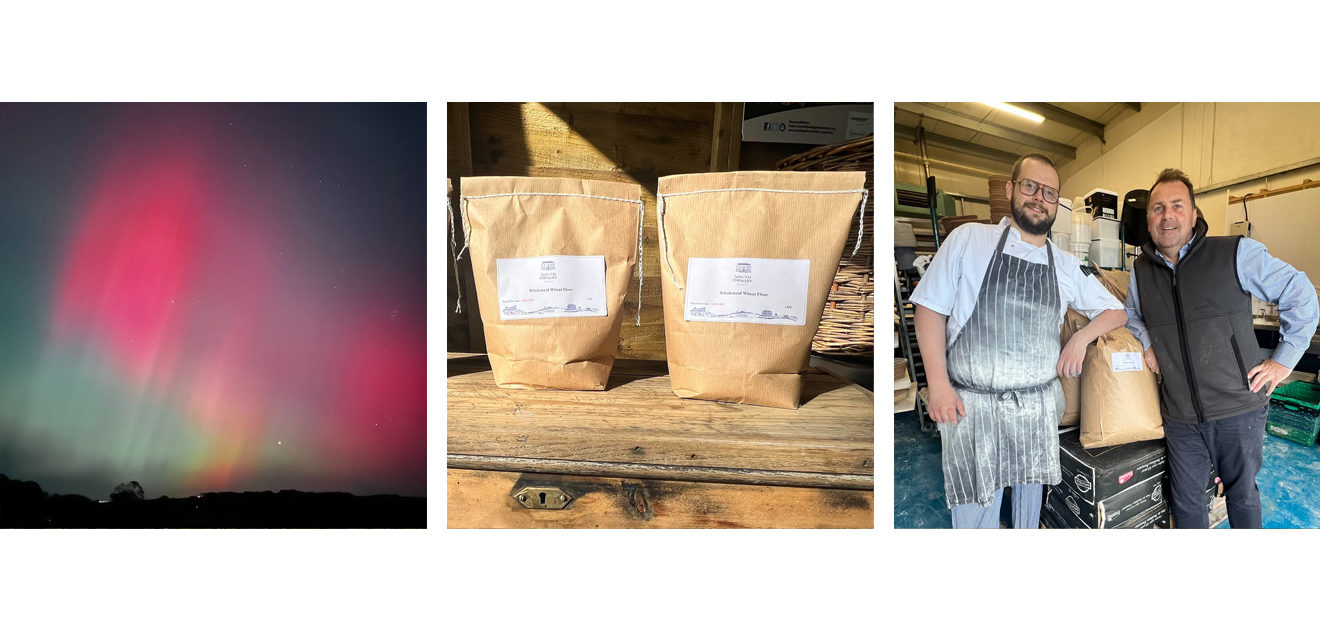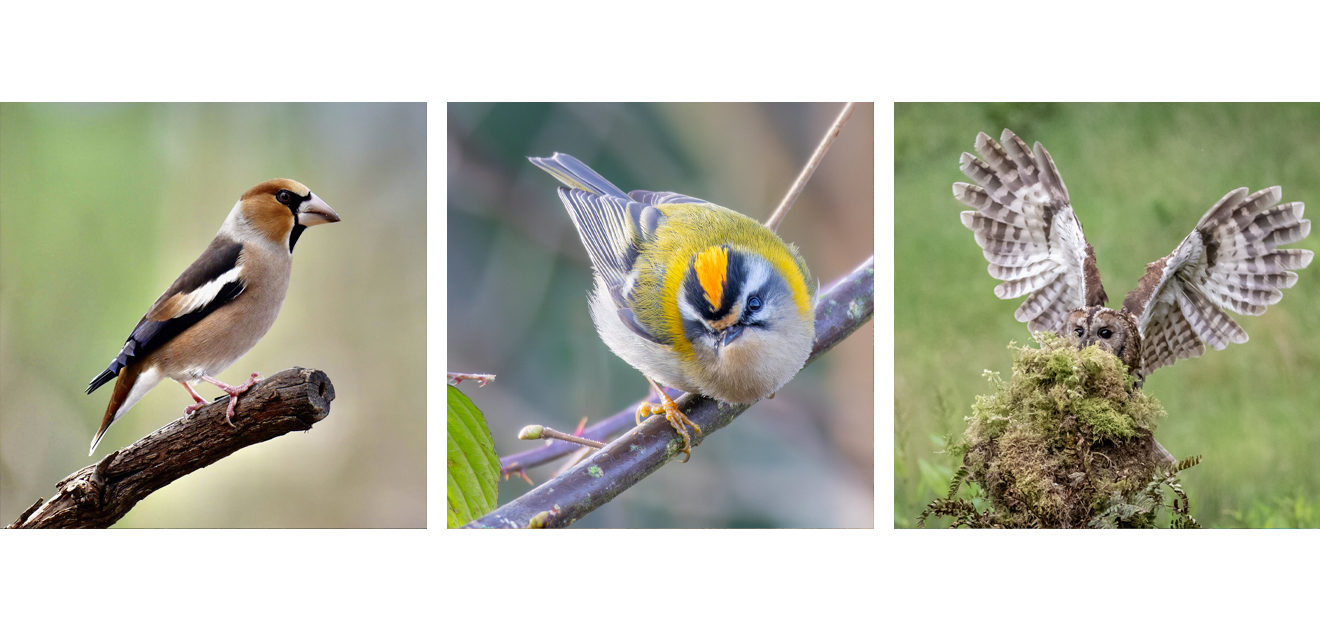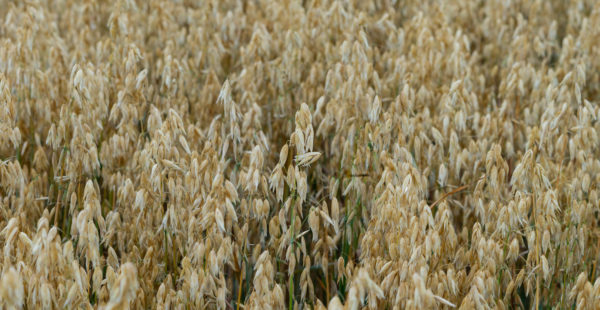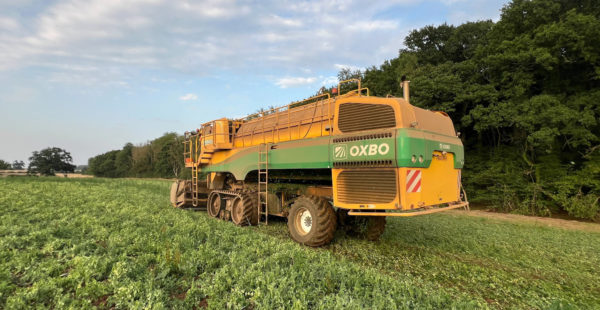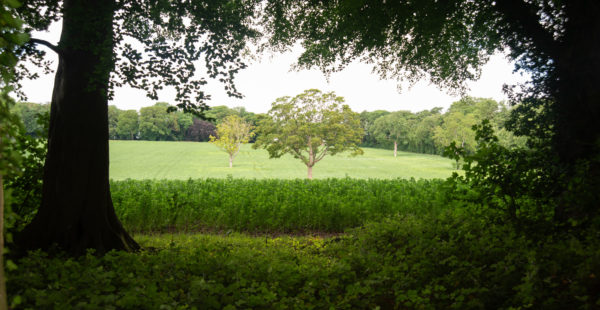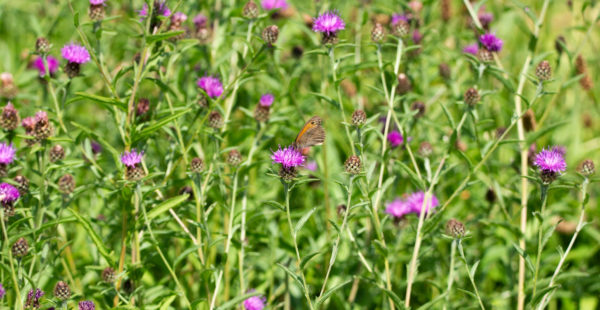And here’s ChatGPT’s analysis of some of our more noteworthy sightings. We’re taking some of these with a large pinch of salt, particularly where the detection numbers are low. Much as we’d love to see a puffin, for example, it would have to be an awfully long way from its usual habitat to activate one of our sensors. On the other hand, we had significant numbers of activations for the hawfinch, firecrest, osprey and red kite which gladdens our hearts. We know many of you are as interested in wildlife as we are so we’ve shared the whole list. Build it and they really will come!
“From your list of bird species recorded in the Lincolnshire Wolds, there are several species that are rare, unusual or notable for the area. Here are some key highlights:
Hawfinch (1,707) – This species has been historically uncommon, although in recent years there have been sporadic irruptions in the UK. It remains a notable find.
Common Firecrest (576) – A rare but increasing breeder and migrant in the UK. Firecrests are difficult to spot due to their small size and preference for dense woodlands.
Osprey (89) – This species is still recovering from historical declines and is mainly seen during migration.
Red Kite (80) – Though now expanding in range, they were once almost extinct in the UK. Their presence is a positive conservation story.
Green Sandpiper (79) – A migrant species, not commonly seen outside migration periods.
Yellow-browed Warbler (44) – A scarce migrant, primarily recorded in the autumn.
Long-eared Owl (42) – A secretive owl, often hard to spot, making any record noteworthy.
Cetti’s Warbler (50) – This species has expanded its range in the UK but remains more localized and uncommon.
Common Crane (28) – A rare visitor to the UK, though sightings have increased recently due to reintroduction programs.
Peregrine Falcon (27) – Though increasing in number, it is still relatively rare in some areas.
Greater White-fronted Goose (25) – Rarely seen except in winter, this is a significant record.
Great Bittern (20) – A rare and elusive bird, usually found in wetlands.
Eurasian Hobby (20) – A summer visitor that is uncommon, especially in certain regions.
Great Egret (18) – A relatively recent arrival in the UK, its presence is still notable.
Manx Shearwater (15) – Mostly seen around the coast, they are unusual inland.
Whooper Swan (15) – A winter visitor, rare in some regions.
Red-throated Loon (11) – Usually seen offshore, so any inland sightings are rare.
Cirl Bunting (10) – This species is mostly confined to the southwest of England, making sightings in Lincolnshire highly unusual.
Black Woodpecker (9) – This is an incredibly rare bird in the UK, with any records being of particular interest.
Bohemian Waxwing (2) – Rare and irruptive, these are winter visitors from Scandinavia that appear irregularly.
European Honey-buzzard (2) – A rare migrant, particularly notable during autumn migration.
Cape May Warbler (2) – Extremely rare in the UK, this North American bird is likely a vagrant.
“Notable but Less Rare:
- Barnacle Goose (39) – More common in some areas in winter, but unusual in Lincolnshire.
- Merlin (36) – A small falcon that is not often seen but can be found in certain habitats.
- European Turtle-Dove (34) – Unfortunately, this species has seen dramatic declines in recent decades, making sightings more special.
- Short-eared Owl (3) – A winter visitor or passage migrant, often seen in open country.
- Atlantic Puffin (3) – Typically seen in coastal areas, so sightings inland are very unusual.
- European Serin (11) – A rare breeding species, occasionally seen on migration.
“This list contains a mix of uncommon residents, migrants, and rare visitors, making your sightings quite rich in biodiversity.”
If you’d like to join the conversation, we’d love to hear from you. Just head to our Facebook page HERE and comment beneath the latest blog post. As ever, thanks for your support.
* Hawfinch image by Luiz Lapa via Flickr CC
* Firecrest image by Alexis LOURS via Flickr CC


